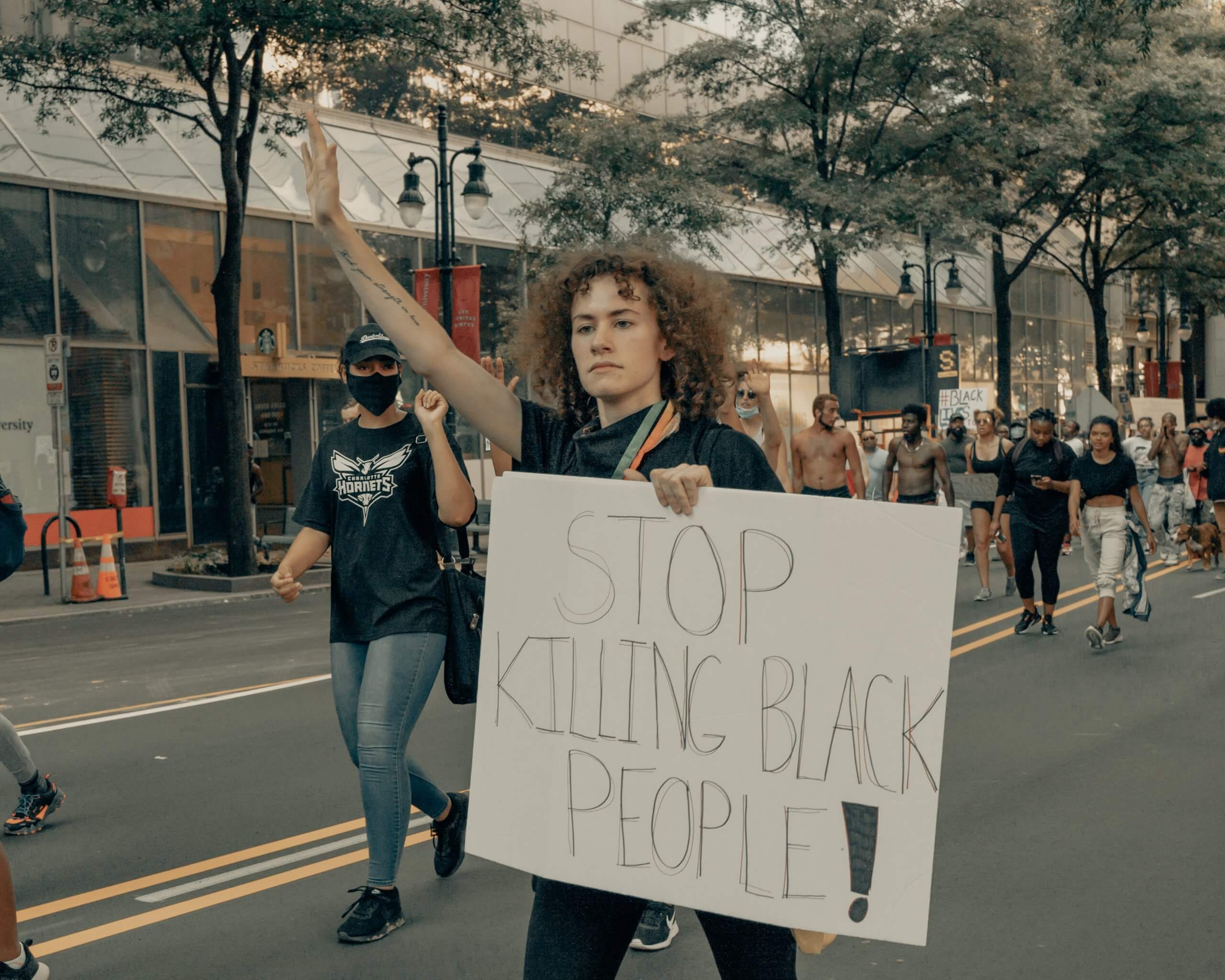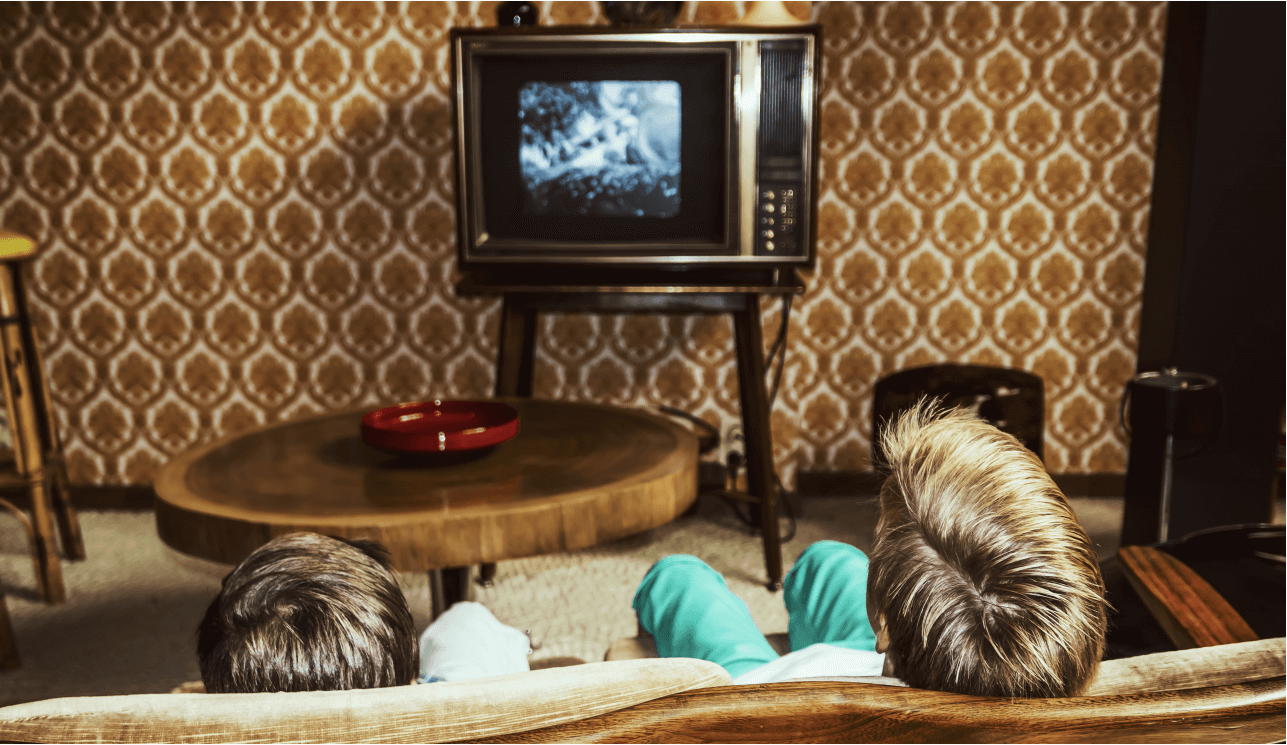
If talking about systemic racism was easy it wouldn’t be so necessary, and unfortunately what the murder of George Floyd illustrated, is that these problems will remain life and death for people of color if they continue to be swept under the rug. For brands, that creates a balancing act. It’s imperative that brands speak up about social injustice, but there’s still apprehension about not adequately being able to convey empathy, often because brands have fallen short in the past.
This is not a topic that lends itself to easy answers but that said, two weeks after the tragic death of Floyd, ListenFirst has dug into both the brand response around the protests and insights about what’s connecting most with the audience.
Here’s what we found.
S&P 500 Brands That Generated The Most Social Media Responses Around Their #BlackLivesMatter Related Posts
| Rank | Brand | Average Responses | # Of Posts |
| 1 | Nike | 1,924,537 | 3 |
| 2 | Netflix | 1,063,474 | 2 |
| 3 | Franklin Templeton Investments | 74,899 | 6 |
| 4 | Target | 67,959 | 3 |
| 5 | 63,301 | 10 | |
| 6 | Starbucks | 56,266 | 10 |
| 7 | Ulta Beauty | 39,616 | 6 |
| 8 | Harley-Davidson | 31,819 | 3 |
| 9 | Amazon | 28,435 | 7 |
| 10 | The Walt Disney Company | 27,942 | 1 |
Insight #1. Brand Equity Around Social Justice Is Something Built Over Time
Looking at the last two weeks, Nike shared 3 posts relating to #BlackLivesMatter on social, which averaged 1,924,537 responses, which by far was the highest average for any S&P 500 brand of their #BlackLivesMatter related social media posts during that time period. Their messaging emphasized that you shouldn’t turn your back on racism, and it was far from a coincidence their brand messaging is what resonated most on the topic. Nike had already had a campaign featuring Colin Kaepernick, who is the athlete most associated with the fight against police brutality back in 2018, and has long been a brand that has publicly advocated for social justice issues.
The audience isn’t looking for brand tourists around causes, and if you want your brand to connect on social media around social justice advocacy, that equity needs to be built up over time, and can’t be earned by a standalone Tweet or Facebook update.
Insight #2: Advertisers Were Participating In #BlackOutTuesday More Than You Might Think
There’s been a robust debate over if #BlackOutTuesday — where people and brands in solidarity with black people posted a black square on their social media accounts — was helpful or counter productive. ListenFirst data can confirm that brands were more involved with the initiative than just sharing black squares. Of 1,821 brands with Facebook ad accounts, only 1.4% ran a Facebook or Instagram ad on June 2, 2020 for a total of 240 ads on #BlackOutTuesday. That’s a decrease of -76.92%, compared to the average volume of Facebook and Instagram ads that have run during the previous Tuesdays in 2020. Additionally, there were 703 social media posts shared by S&P 500 brands on June 2, 2020; which is -51.52% less posts than S&P 500 shared on the previous 10 Tuesdays when S&P 500 brands shared on average 1,450 posts.
Both around paid and owned posts, most brands made a concerted effort to sit out June 2 on social media.
Insight #3: The Audience Responds Positively To More Specific And Forceful Messaging
While many brands shared messaging that had a general call to end racism, Ben & Jerry’s not only called out what had happened, but also what needed to be done in much more specific terms. The brand’s post about police brutality and dismantling white supremacy generated 355,246 responses across Twitter, Facebook, and Instagram. To put that in perspective, of all the social media posts that CPG food brands posted between May 25–Jun 3, the three posts that generated the most responses during that time period were the George Floyd related posts by Ben & Jerry.
Ben & Jerry’s, which like Nike has built a multi-decade reputation as a leader on social justice issues, shows us that the audience wants brands to go beyond joining the conversation. They want brands to participate in what it will actually take to fix systemic racism.
Insight #4: The Audience Wants Brands To Put Their Money Where Their Mouth Is
The most popular Black Lives Matter related Tweet posted on #BlackOutTuesday (including non-brand Tweets) came from Ubisoft, who announced that it was donating $100,000 to the NAACP and Black Lives Matter. That Tweet generated 30,713 responses. Similarly, Glossier donated $500K across organizations focusing on racial injustice and the Instagram post announcing that generated 160,729 responses, making it the most popular Black Lives Matter related social media post by a beauty brand between Mar 25 –Jun 3.
Donating money to social justice organizations doesn’t make brands immune from criticism if they’ve historically made mistakes, but it does show your brand’s commitment to building a better future and is quantifiably appreciated by the audience.
Insight #5: Representation Matters And Brands Need To Show That’s Occurring At The Leadership Level
Ulta Beauty averaged 39,616 responses around its 6 social media posts touching on Black Lives Matter related topics between Mar 25–Jun 7, and one of the big reasons they stood is because of how directly they spoke to representation. In one Instagram post, Ulta Beauty itemized, by percentage, how many Black board members and executives it has, along with the number of black corporate associates, people of color and women employed by the company. Meanwhile in another Instagram post, Ulta Beauty shared its list of black owned Beauty brands.
How minorities are treated is directly related to the extent that they have a seat at the table, and the social media audience wants to hear both about how your brand is doing about representation and what the plans are to improve those numbers.


